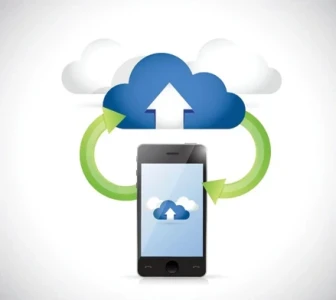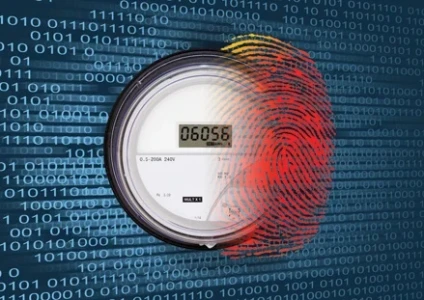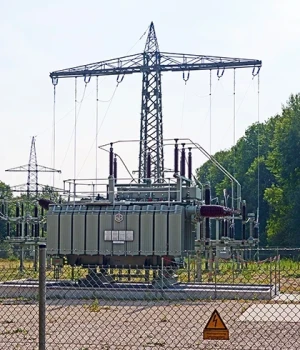Utilities Bank on IoT for Network Reliability Improvement to Decrease Lost Revenue

Power grids around the world are getting smarter thanks to the Internet of Things (IoT). While Smart Grid technologies are making the headlines, and poised to grow to more than $118 billion by 2019, according to November 2015 research from analyst firm Transparency Market Research—many utilities just aren’t ready to make the jump to full Smart Grid capabilities. In many cases, it’s the smaller improvements and IoT implementations in addition to larger-scale Smart Grid deployments
that are making a big difference for utilities around the world. Power grids around the world are getting smarter thanks to the Internet of Things (IoT).
While Smart Grid technologies are making the headlines, and poised to grow to more than $118 billion by 2019, according to November 2015 research from analyst firm Transparency Market Research—many utilities just aren’t ready to make the jump to full Smart Grid capabilities. In many cases, it’s the smaller improvements and IoT implementations in addition to larger-scale Smart Grid deployments that are making a big difference for utilities around the world.
The goal of these projects is to improve the health and reliability of the network through faster fault resolution. Keeping a network up and running is critical for utility providers, as network downtime means decreased revenue.
Customers do not increase their electricity usage after an outage, so that revenue is lost to the electricity provider. It also creates dissatisfied customers and can put a greater strain on the customer service area of the business. Downtime can happen for any number of reasons—poor weather such as high winds, flooding and lightning strikes, vehicle accidents, or even aging infrastructure-- and that has a serious impact on operations.








